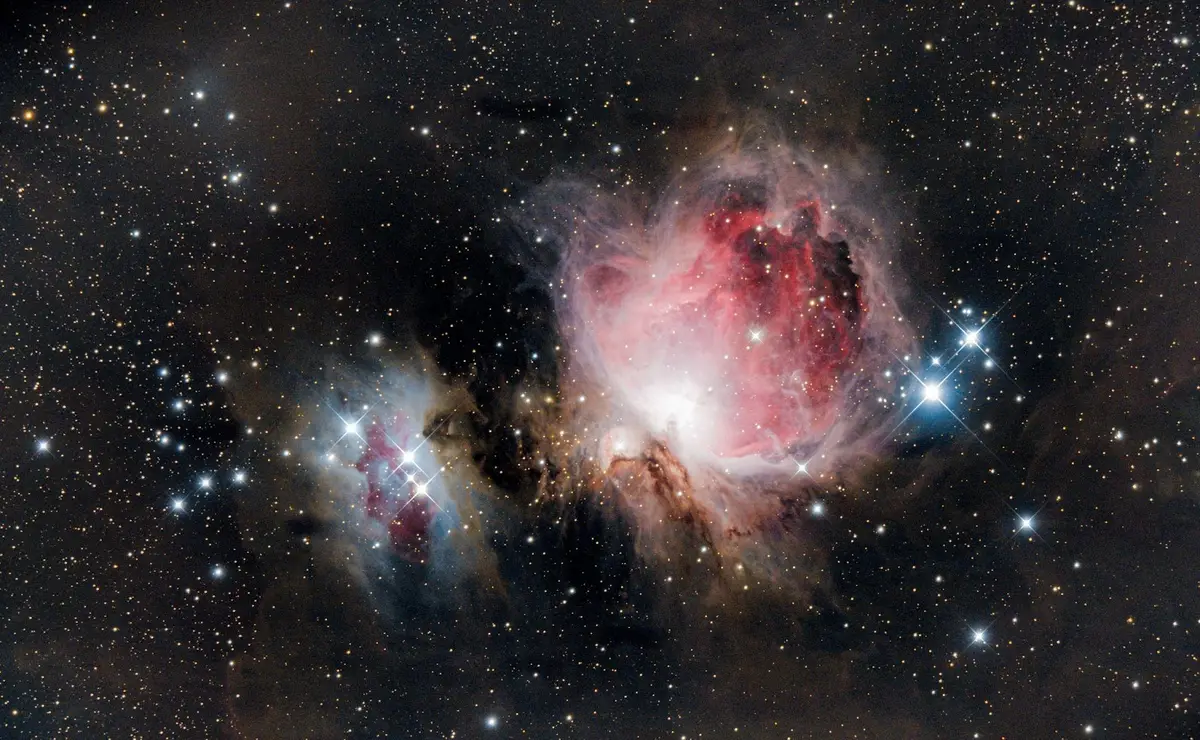
Red supergiants are those that contain an extremely high level of luminosity and size. They are some of the largest stars in terms of their volume. There are several ways in which they evolve while also having several distinct properties. You can go through some of these below.
Red Supergiants: Short Summary
Red supergiants are extremely luminous and voluminous stars that tend to have relatively cooler surface temperatures. Depending on this temperature, the red supergiants that are larger in size tend to have more luminosity.
Developing from main-sequence stars, the red supergiants evolve as a result of burning up their hydrogen levels, cooling down and developing helium cores which they also end up burning off over time.
The expansion caused due to the burning results in the reddish color that gets emitted from them.
You can watch this video to get a good understanding of supergiants.
What Are Red Supergiants?
Red supergiants are massive stars that have huge volumes that exceed the volumes of any other kind of star in the universe. These red supergiants are often quite luminous and are called so because of the red color that they exhibit as a result of their emitting gases.
Just as stars tend to burn all their gases before turning into red giants, red supergiants function in a similar manner, although the stars that turn into supergiants are usually way bigger than the red giants.
Some well-known red supergiants are Betelgeuse, Antares and VY Canis Majoris.

How Do They Evolve?
Red supergiants start off as main-sequence stars that carry a mass between 8 and 40 solar masses. These stars burn hydrogen in their cores and can take up to 20 million years to complete this. This hydrogen will then remain present around the core (which is now made from helium), resulting in a further expansion into supergiants.
This also continues to cool down the surface of the stars considerably, resulting in a redder color from the surface. The helium also begins to fuse for the next few million years.
Ultimately, they burn all their fuel and collapse into supernovae.
Some Properties of Red Supergiants
- The surface temperature remains below 4,100 K (Kelvin).
- They are 8 to 40 times larger than the Sun.
- They tend to rotate at nominal speeds.
- A large part of the surface of these red supergiants is hydrogen, even after burning.

Frequently Asked Questions
Are Red Supergiants Bigger Than The Sun?
Red supergiants are way bigger than the Sun, measuring hundreds or thousands of times more than the Sun’s radius.
Are Red Supergiants Bigger Than Other Stars?
Red supergiants are the biggest stars in the universe if you consider the volume as the defining factor.
Conclusion and Summary
Red supergiants are some of the biggest stars in the universe. Their volume, luminosity and size are massive and are usually the result of a process of evolution from main-sequence stars to the form they take. These stars usually result in a supernova stage at the end of their life cycles.
